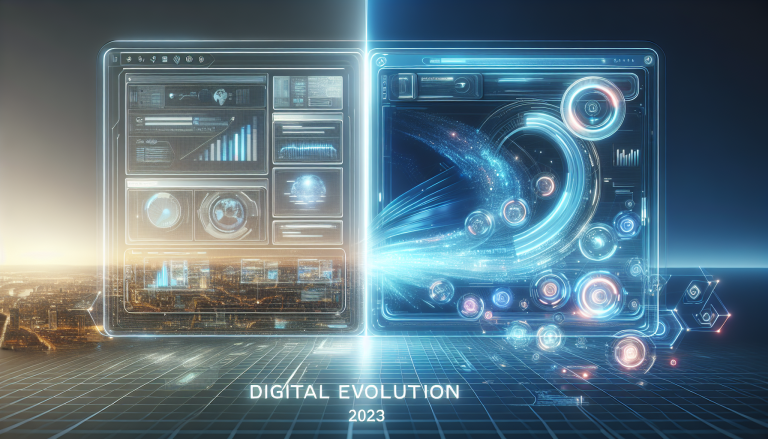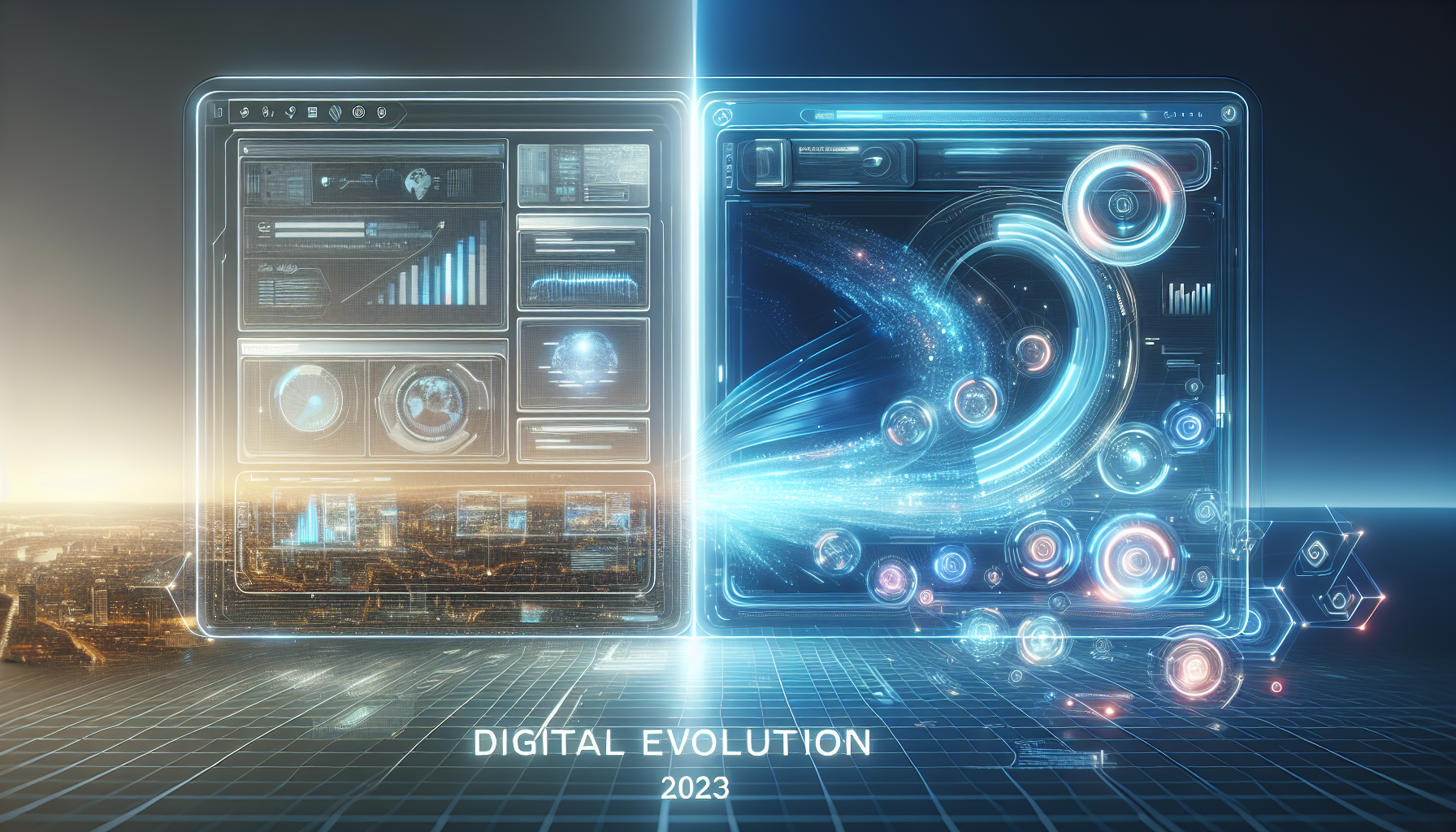Revolutionize Your Digital Presence: Web Design Trends That Will Transform User Experience in 2023
Navigating the Evolving Landscape of Web Design: Trends and Innovations for 2023
In the dynamic world of digital design, website creation has become an art form that blends creativity, functionality, and user experience. As technology continues to advance, web designers are constantly pushing the boundaries of what’s possible, transforming how we interact with digital spaces.
The Rise of Immersive User Experiences
Modern website design is no longer about simple aesthetics; it’s about creating immersive, engaging experiences that captivate visitors from the moment they land on a page. Designers are leveraging cutting-edge technologies to break traditional design constraints and create more interactive and memorable digital environments.
Micro-interactions have become a crucial element in contemporary website design. These subtle animations and responsive elements provide instant feedback, making websites feel more alive and responsive. From subtle hover effects to intricate loading animations, these small details can significantly enhance user engagement and create a more intuitive navigation experience.
Minimalism Meets Bold Typography
The trend towards minimalist design continues to evolve, with a newfound emphasis on bold, expressive typography. Designers are using large, dramatic fonts as central design elements, creating visual hierarchy and making powerful statements without relying on complex graphics.
“Good design is actually a lot harder to notice than poor design. In other words, well-designed objects blend into their environment to the point where they become invisible,” notes Don Norman, a pioneer in user experience design.
Dark Mode and Color Schemes
Dark mode has transitioned from a niche feature to a mainstream design approach. More websites are offering dark mode options, recognizing both the aesthetic appeal and potential eye strain reduction for users. Color palettes are becoming more experimental, with designers using unexpected color combinations that challenge traditional design norms.

Responsive and Adaptive Design
With mobile internet usage continuing to rise, responsive website design is no longer optional—it’s essential. Modern websites must seamlessly adapt to various screen sizes and devices, ensuring a consistent and optimal user experience across smartphones, tablets, and desktop computers.
Advanced responsive techniques now go beyond simple scaling, incorporating intelligent layout shifts, contextual content presentation, and performance optimization for different device capabilities.
AI and Personalization
Artificial intelligence is revolutionizing website design by enabling unprecedented levels of personalization. Machine learning algorithms can now analyze user behavior in real-time, dynamically adjusting content, layouts, and recommendations to create truly individualized experiences.
Chatbots and AI-driven interfaces are becoming more sophisticated, providing instant support and creating more interactive website experiences. These intelligent systems can guide users, answer questions, and even predict user needs before they’re explicitly expressed.
Performance and Speed
In an era of diminishing attention spans, website performance has become paramount. Users expect near-instantaneous loading times and smooth interactions. Modern web design focuses not just on visual appeal but on creating lightning-fast, efficiently coded websites.
Advanced techniques like lazy loading, optimized image compression, and serverless architectures are helping designers create websites that are both visually stunning and incredibly fast.
Accessibility and Inclusive Design
Inclusive design has moved from a niche consideration to a core principle of modern web design. Websites are increasingly being designed with diverse user needs in mind, incorporating features that make digital spaces accessible to people with various abilities and disabilities.
This includes considerations like:
– High-contrast color schemes
– Screen reader compatibility
– Keyboard navigation support
– Alternative text for images
– Clear, readable typography
Security and Trust
With increasing concerns about online privacy and data security, website design now incorporates trust-building elements more prominently. Transparent privacy policies, clear data usage explanations, and visible security certifications are becoming standard design elements.
Emerging Technologies
Exciting technologies like augmented reality (AR) and virtual reality (VR) are beginning to influence website design. While not yet mainstream, these technologies offer tantalizing glimpses into future interactive experiences.
Some forward-thinking websites are already experimenting with 3D elements, immersive scrolling experiences, and interactive virtual environments that blur the lines between traditional web design and interactive digital experiences.
Conclusion: The Future of Website Design
As we move forward, website design will continue to evolve, driven by technological advancements, changing user expectations, and creative innovation. The most successful websites will be those that balance cutting-edge technology with intuitive, user-centered design.
Designers must remain adaptable, continuously learning and experimenting with new tools, techniques, and technologies. The future of web design is not about following trends blindly, but about understanding user needs and creating meaningful, engaging digital experiences.









